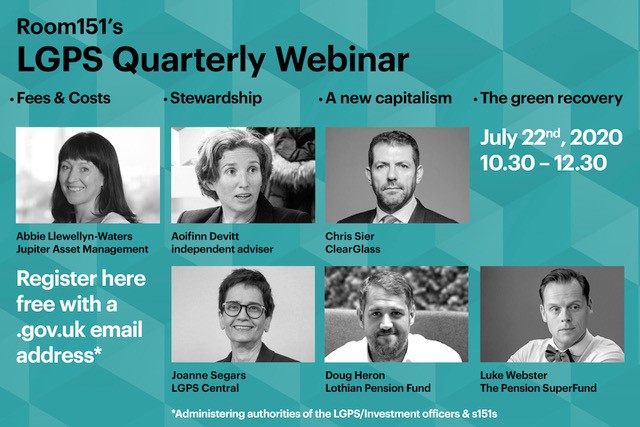
The Public Accounts Committee has criticised government for failing to manage the risk of local authorities investing in commercial property. For many councils, external sources of income are an essential ingredient in their finances. Chris Brain looks at the options.
Many in local government are wondering if the days of local authority commercial investment are over.
In March of this year two things happened. First, the publication of the HM Treasury consultation on proposed restrictions on PWLB borrowing primarily for yield. That same month saw the Covid-19 lockdown trigger a global economic recession, with potential downward pressure on commercial property values.
The publication this week of the House of Commons Public Accounts Committee (PAC) report on local authority investment in commercial property, has turned the screw further.

What does all this mean for the love affair between local authorities and commercial investment? Does this mean that this short passionate relationship is now over? Will love find a way? The PAC has been increased the pressure on Ministry of Housing, Communities and Local Government since 2016, with a noticeably slow respons. Could the proposed PWLB restrictions be a game changer?
Compatibility
For those that were not that passionate about the relationship between local government and commercial investment in the first place, parting company might be the best outcome. They weren’t really that keen to start with, and the combination of events since March have convinced them that the relationship was never going to work. They weren’t that compatible from the start.
But there will be other authorities that remain passionate and committed to commercial investment, and want to do what it takes to keep the passion going. Some finance directors have previously confided in me (in the expectation of the PWLB consultation) that they might simply re-profile the capital programme so that borrowing is only used on allowed projects, with internal borrowing used for commercial activities.
HM Treasury have thought about that, and found a clever ruse to stop that from happening. Capital spending plans will have to be submitted in advance, and if a local authority intends to buy commercial assets primarily for yield (even using reserves) then they will be prevented from taking any PWLB borrowing in that financial year.
HM Treasury have a difficult challenge. On the one hand they want to continue making borrowing available for service projects, housing, regeneration and refinancing. But they want to prevent borrowing primarily for yield. Officials clearly believe they have found a way of doing just that.
There is, of course, the financial necessity to balance the books. This takes place in a context of central government funding to local authorities having halved over the past decade. For some, finding continuing sources of external commercial income is a must have.
Pressure and ethics
There will be increased pressure on s151 officers to find ways around the rules. After all, the capital plans proposed to be submitted to HM Treasury will be submitted by the s151.
We, of course, await the Treasury definition and guidance on what is going to be deemed to be “debt for yield activity”. Whatever that looks like, the interpretation of that guidance will also fall to the professional judgement of the s151. Furthermore, when it comes to categorising specific capital projects and their “main objective”, s151s officers will carry that burden too.
In 2018 CIPFA carried out an ethics survey. This found that more than half of respondents (57%) had come under pressure to act in a professionally unethical way by, for instance, distorting information, being overly optimistic or downplaying risk. Of these, almost four in ten, 36%, either fully, or partly, carried out the unethical action. Surely these ethical pressures will only increase.
Maintaining the passion
For those that remain passionate about the commercial investment relationship how do they keep the it going? Will they be able to find a way around the clever HM Treasury rules? Given “love always finds a way”, what will be the next move for local authorities?
Whether under ethical pressure or not, the proposed new rules do still leave gaps. No set of rules can ever be watertight, especially at the first iteration. As I see it, there are at least three opportunities for local authorities to exploit, should they choose to continue with commercial investment:
- Ring-fence rents from a “yield” project, recycling them either within the project, or applying them to other similar projects with related or similar project outcomes;
- Investing in “yield” projects beyond the initial purchase price, through refurbishing or re-purposing it;
- Using PWLB to buy or build service assets (eg., a new administrative office building) and then re-purposing the existing office building into a “yield” asset.
Any s151 that has read the consultation may already be hatching their plans. Some may be waiting for more certainty to arrive in property markets. Some might be awaiting the final PWLB guidance. Some might be ploughing on now before any new guidelines are imposed.
In the latter case, this has the potential to result in rushed investment and increased financial risk.
Chris Brain, is the founder of Chris Brain Associates
FREE monthly and weekly newsletters
Subscribe to Room151 Newsletters
Monthly Online Treasury Briefing
Sign up here with a .gov.uk email address
Room151 Webinars
Visit the Room151 channel













